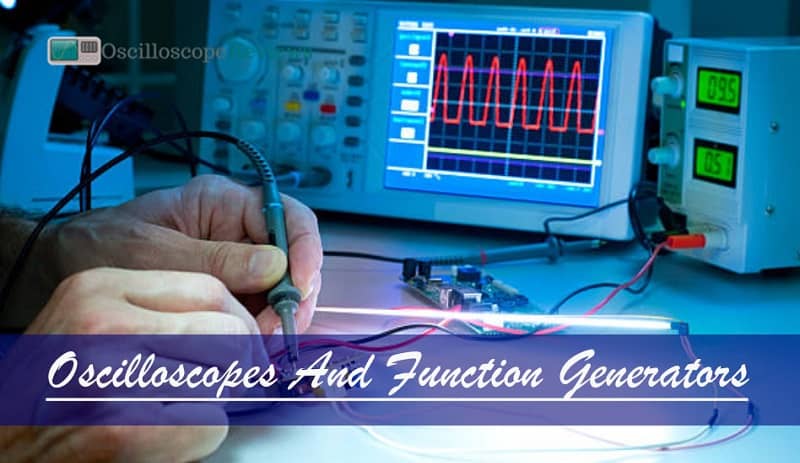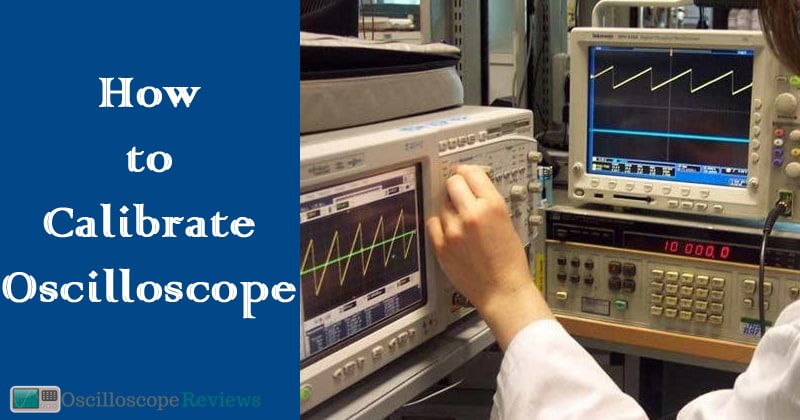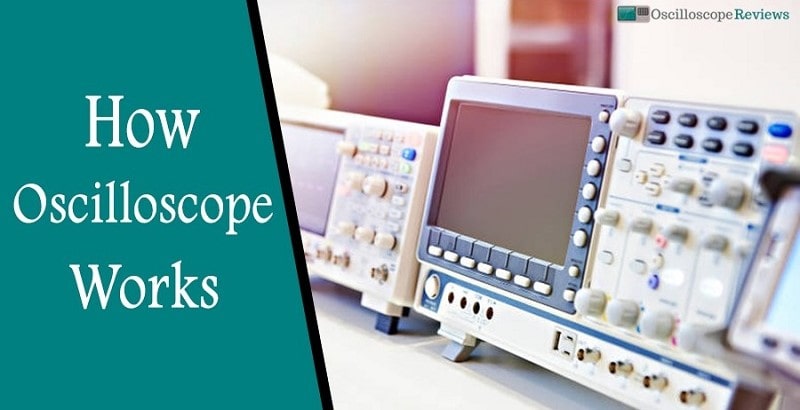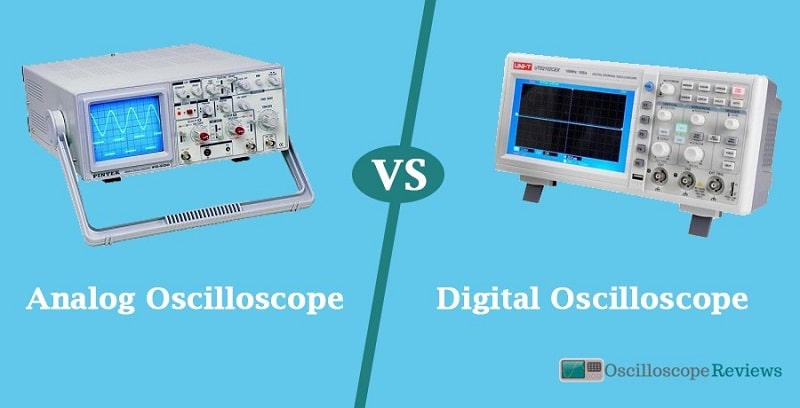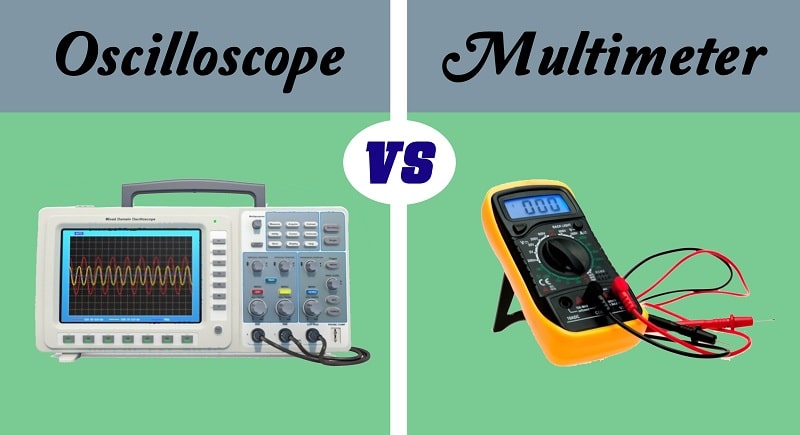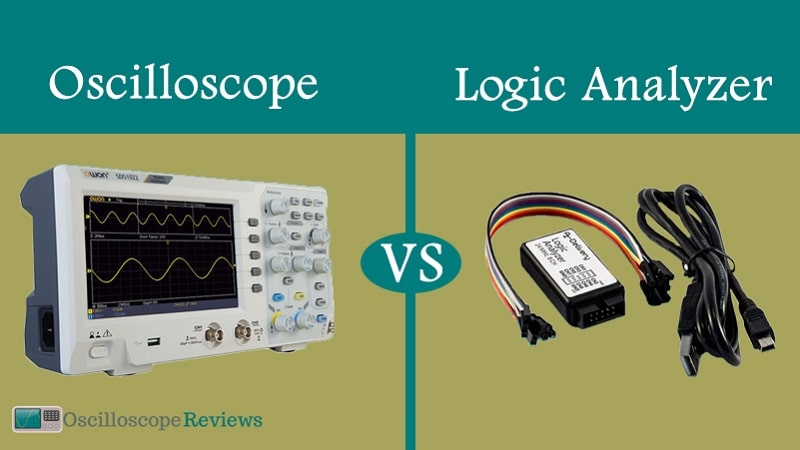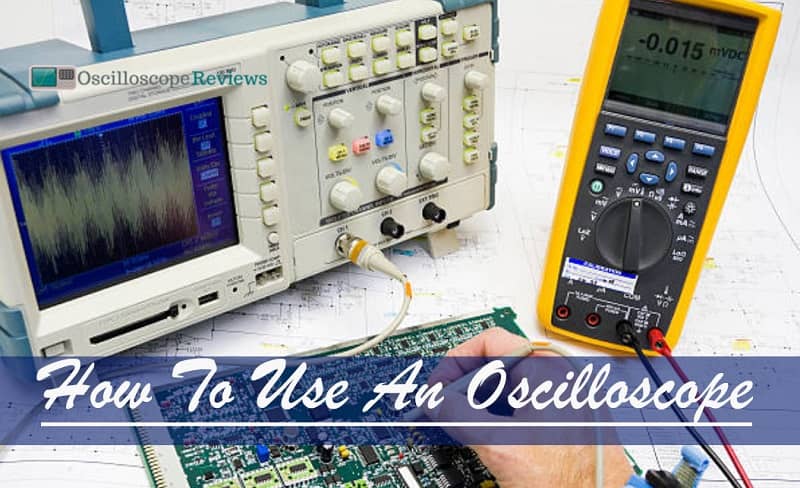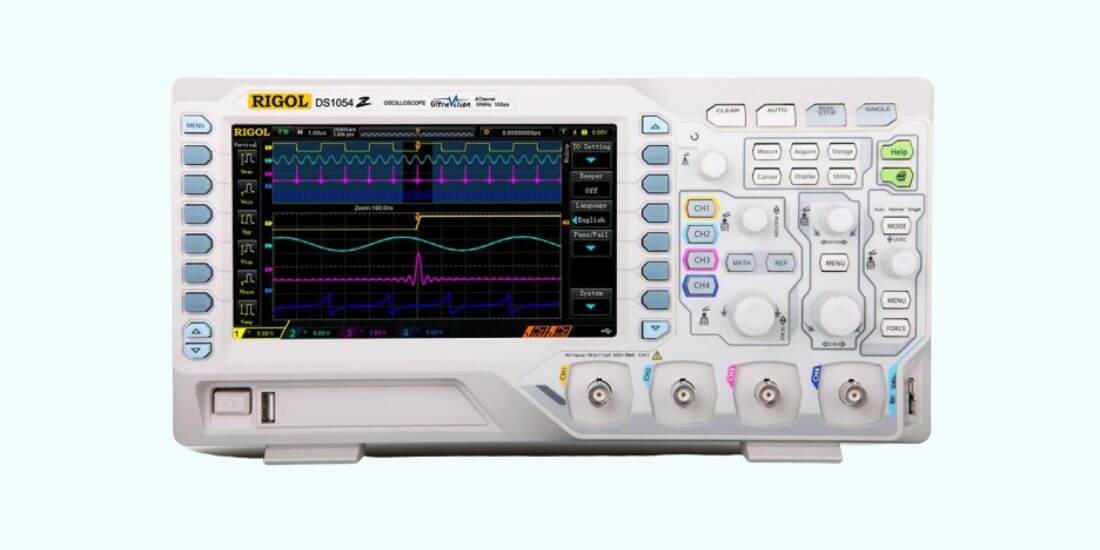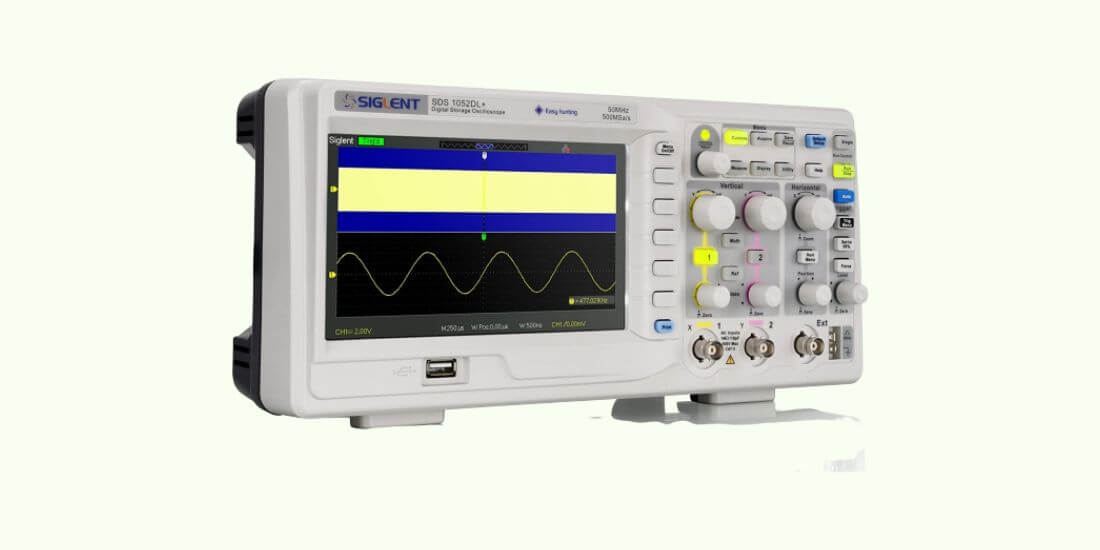Some will argue that an oscilloscope and a function generator are the best instruments used in labs. What is an oscilloscope? Let’s look at it in the most straightforward explanation possible. In simple terms, when you want to see the change of electrical waves, you use an oscilloscope. Or you can also describe it as a signal analyzer. That means it is the instrument used in laboratories to measure voltage and recognize its changes.
For example, when applied in physics, a user wants to experiment picture of a signal. They want to get to know their frequency, amplitude, and things like that. They will use an oscilloscope because it will give them a clear picture of signals and even shapes. Mostly the signals will be displayed in graph form.
A function generator can be described as a type of waveform generator customarily used to generate waveforms. When you go deeper, you will recognize that the function generator has some unique specifications. Other generators are not able to generate waveforms with shapes the way a function generator does.
So at times, you want to get voltage sent at a particular time. Such waves are sine, square, sawtooth, and triangle waves. You will use a function generator to send the time signals.
These two devices are very useful in modern technology, especially in electronic engineering. You will discover that they have been helpful for a long time. To add to this, they are not cheap gadgets. They are apparatus that cost quite a fortune, and their operation is not as easy. They need you to have a vast understanding of how they work and learn some basics of their functions.
We will take you through some of the basic things and functions of oscilloscopes and function generators. We will highlight the difference between the two that make them sought in the digital world. Each is useful in its ways, but they are connected in so many ways.
Features of oscilloscopes
They have different features that make them perform their functions well. Let us discuss some for your understanding.
Trigger
When an oscilloscope is working, you need the scan to start at the same point. That reduces the confusion, and the flow is noted. A trigger is the one that takes care of that. It portrays the waveforms in a uniform pattern, following a horizontal form in a graph.
Without the trigger in an oscilloscope, the waveforms would start at different times. So instead of getting a clear picture, you will have a distorted waveform. That makes the image inaccessible, thus creating unnecessary inconsistencies.
Screen
A screen of an oscilloscope is one thing you will notice before anything else. The primary use of a screen is to display waveforms. There is a noticeable difference between analog and digital oscilloscopes. Analogs have the CRT and cathode tube-like, while digital ones have CRT. Both work in the same way without much difference.
Channels
Mainly they are two channels in oscilloscopes. They are not limited to that number because some have more. The use of the channels is to display the signals. Arguably, the more they are in an oscilloscope, the better. That goes down to the viewing of signals that you want to get the relationship between them. If you use more channels, they will be effective and give you good results.
Controls
An oscilloscope has many controls which perform different functions. They are vertical and horizontal. Let us name a few; timebase, vertical position, intensity controls, etc. For an oscilloscope to function, it needs to be light-effective. Intensity control is responsible for all the lights. When you want to set the voltage (done at the Y-axis), you must use vertical position controls, etc.
Features of a function generator
Function generators have different features. Each feature is essential for the general operations of the generator. Here are some;
Waveforms
You will find waveforms in a function generator, and their use is to set the amplitude and frequencies. Most function generators have sine, triangle, and square waveforms that are common. However, other sophisticated function generators have preprogrammed waveforms.
Outputs
The least number of outputs should be two. The most important or main output is where you will find the waveforms. It has a voltage of around 20 volts, and the impedance is around 50ohms. The second one is called aux or sync, and it is equally valuable.
Frequencies
Function generators have lower, upper, and range frequencies. These mainly influence the stability of a function generator. For example, function generators with lower frequencies will not perform the same as those with upper frequencies. The range may also differ, and it may include other factors.
DC offset
It is essential to view the base voltage of the signal while using a function generator. A DC offset enables one to view that at a specific range. For example, it might range from +5V to -5V.
Functions of an Oscilloscope
Let’s discuss some functions of the oscilloscope
Displaying waveforms
The primary function of an oscilloscope is to display the waveforms once they appear live on the screen. If any change is experienced, it is supposed to detect that and show it once that happens.
Catching waveforms
Did you know you can capture waveforms to access them closely? Yes, while using the oscilloscope, you can catch the waveforms that you need and analyze them. By using cursors, you can either emphasize certain parts that intrigue your curiosity and study them well.
Taking measurements
An oscilloscope can take the measurements of signals and display them on the screen. Once it takes the live signals, it portrays them on a graph, and you will find those parameters displayed on the screen.
Decoding signals
Unlike analog oscilloscopes, a modern one can decode signal information. If there is communication between two devices, an oscilloscope can identify such and interpret them.
Triggering control
When you need to test the waveform, trigger control is the function that helps you. With a modern oscilloscope trigger, controls can detect and change when it comes to monitoring signals.
Functions of Function generators
Producing voltage patterns
It is able to produce patterns through different frequencies and amplitudes. That helps you pick the right waveforms and identify the start and end of waveforms in the generator.
Producing shapes
Apart from producing sine, triangular, sine, and square pulse outputs, they can also produce different shapes. Again, it can generate a number of frequencies.
Generating waveforms
Using a function generator, generating waveforms is realized. It is capable of generating custom periodic waveforms.
Difference between oscilloscope and function generator
Oscilloscopes are signal analyzers. Their signals are shown in the form of voltage and are primarily portrayed in graphs. Function generators are signal sources. They provide an identifiable voltage.
Conclusion
When you analyze oscilloscopes and function generators, you will realize that they are needed in the electrical field. They have different roles to play, but they detect the same things. They are both connected to waveforms and signals. Their features, functions, and differences will help you understand more about how they operate. We have noted some basic information that will arouse your curiosity and make you learn one or two things about them.
-
Oscilloscopes are a must-have for any electronics workbench. But how do you calibrate an oscilloscope?…
-
It is almost certain that you have drawn charts in your life or seen them…
-
Life is full of choices. Some are simple, like choosing between butter and ghee, whereas…
-
Electricity is one of the fantastic inventions made over the past few centuries and has…
-
The oscilloscope and logic analyzers happen to be the most recognized types of test gadgets…
-
Oscilloscopes are nifty gadgets that every person in the electrical field should have. They are…
-
An oscilloscope is a powerful diagnosis and measuring tool for electric circuits. The advantage that…
-
Imagine a movie scene inside a hospital. What machinery do you see? Whatever you’re imagining,…

